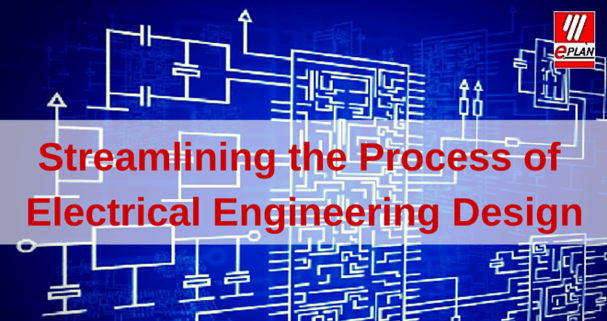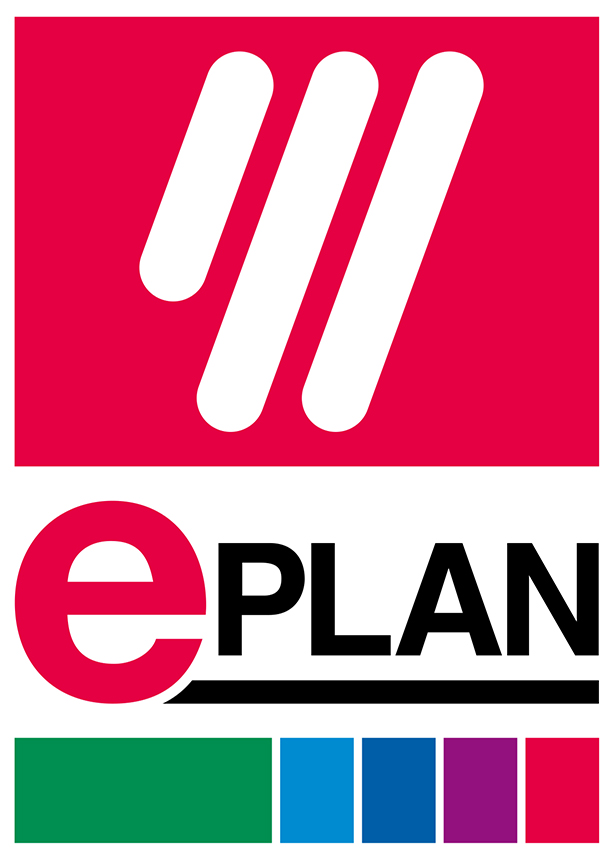 In any project, you want to use the right tool for the job. In electrical engineering design, because of its inherent complexity, this is especially true. The scope of an electrical project can be particularly unwieldy when the tools being used were not created for this kind of work.
In any project, you want to use the right tool for the job. In electrical engineering design, because of its inherent complexity, this is especially true. The scope of an electrical project can be particularly unwieldy when the tools being used were not created for this kind of work.
Take, for instance, traditional CAD software, which was originally created for architectural design. AutoCAD, for instance, treats each page independently and creates a separate file for each page. However, electrical engineering designs are multiple page schematics, with all pages needing to be connected. This is the fundamental problem with using traditional CAD software in electricalengineering design work
With each page placed into its own file, you essentially create barriers to tie all parts of the design to the whole. This process creates inefficiencies that can impact the deliverable on a project, add costs and cause a high potential for error. This doesn’t have to be the case. High functioning software systems are available that we re designed specifically for electrical engineering design that exponentially improve the workflow and structural integrity of the development process.
re designed specifically for electrical engineering design that exponentially improve the workflow and structural integrity of the development process.
True innovators of electrical design software employ a unified approach, which connects systems, departments and equipment. The software sits on top of the user’s database and creates an integrated loop that allows for a number of efficiencies within the design, and production process.
This type of connectivity within the manufacturing environment has been termed Industry 4.0 and is transforming how production operates. By connecting machines, data and systems, you create intelligent networks that can speak to each other and streamline the manufacturing process.
Database-driven electrical engineering design software brings robust interoperability to the design process. Data entered can be populated throughout the design and accompanying documents instead of being entered and reentered manually. In an intelligent network environment, all touch points see the same data and all revisions and changes are spread throughout those touchpoints.
There are many time consuming tasks that are mitigated or eliminated in the design, documentation and production process. As the design matures, changes are inevitable. In a siloed structure like AutoCAD, where every element is independent from the other elements of the design, inserting new pages, printing pages, numbering wires and printing labels add significant time and costs to the process.
Finding and correcting errors within the schematic are not only time consuming to find and fix, if undetected they can delay a project and add significant time to its successful completion. A database-driven system not only aids in the discovery of errors, it can correct errors throughout all aspects of design and documentation.
Most importantly, the growing connectedness of machines and systems is creating a more streamlined, highly efficient manufacturing ecosystem. Maximizing the resources within that ecosystem means time and cost savings that will be a strong differentiator from the competition…unless the competition incorporates them first.
Download our eBook, “The Top 5 Most Time Consuming Tasks of Electrical Engineering and What to Do About It” to learn more.




